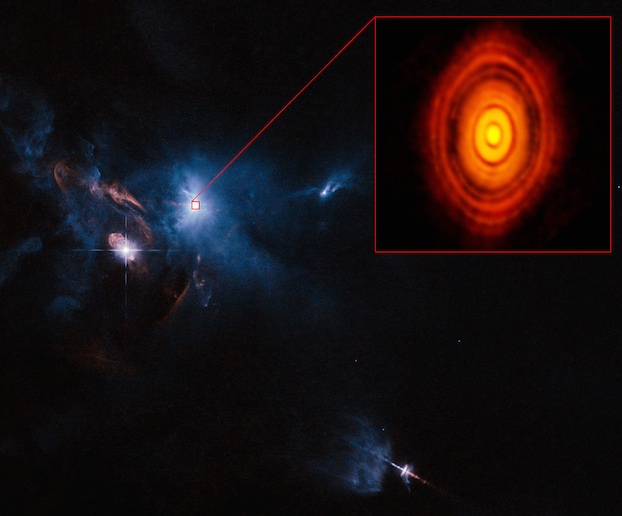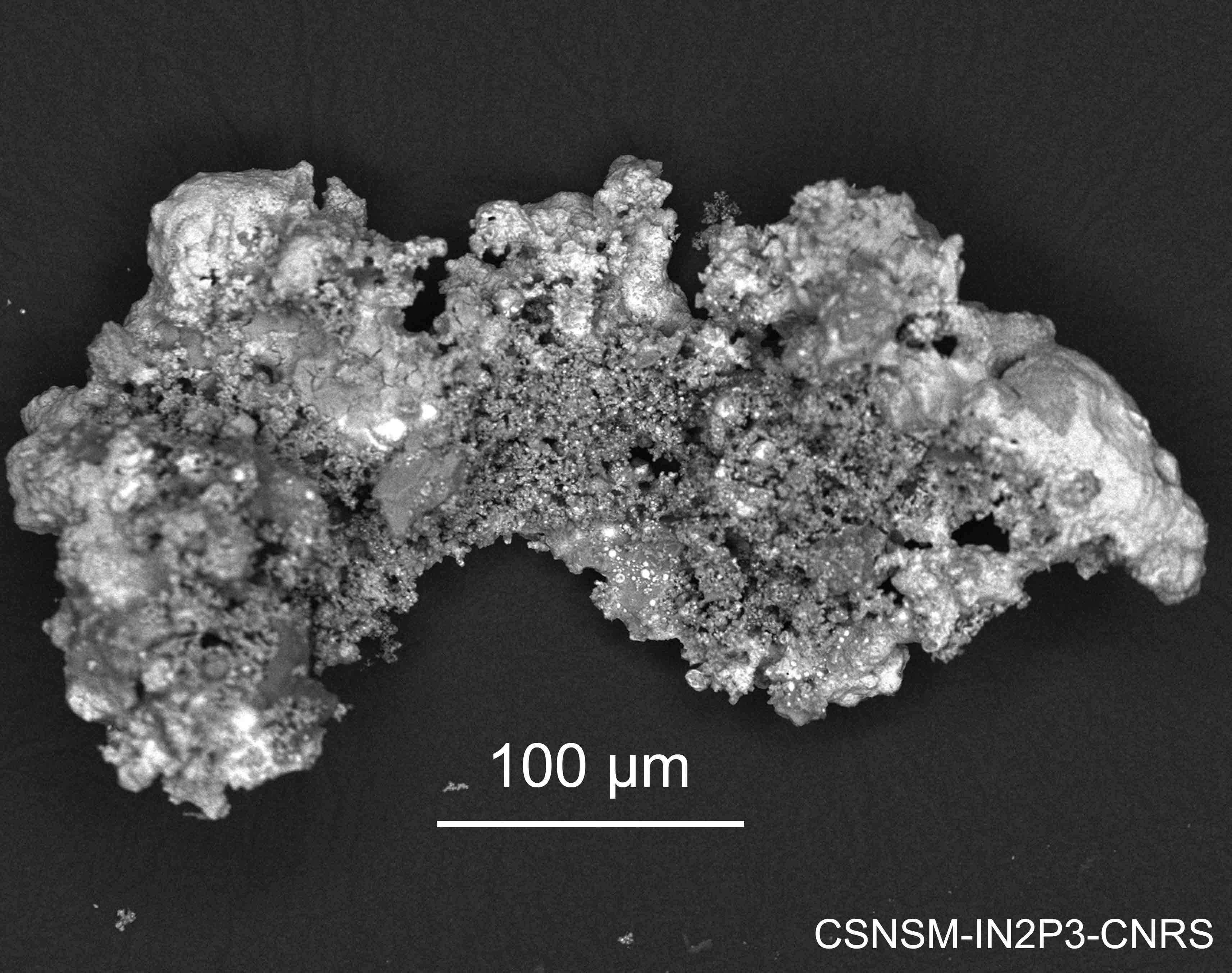From prestellar cores to solar nebulae
Understanding the formation of stars and the formation of planets, are both cornerstone challenges in modern astronomy. These highly multi-physics and multi-scale problems are tightly linked through the formation and evolution of proto-planetary discs. As such, they should ideally be apprehended simultaneously. In practice however, due to the great variety of instruments and techniques that must be used as well as the profusion and complexity of physical processes, the field is traditionally subdivided in several communities addressing specific questions all relevant to reach a global understanding, including
(i) the formation, collapse and fragmentation of dense cores which also addresses the issue of centrifugally supported discs formation and early evolution around the youngest protostars,
(ii) the late evolution of protoplanetary discs whose main objectives are the origin of the angular momentum transportation, the dynamics of gas and dust as well as the growth from grains to planetesimals,
(iii) the study of solar nebulae constituents such as grains and meteorites from a dynamical and chemical perspectives.
Recent facilities such as the space observatory Herschel, the interferometer ALMA, the SPHERE instrument on the VLT, and the forthcoming SPIROU camera and James Webb Space Telescope have already or ought to revolutionize the field of star and planet formation. These new observational tools, as well as the development of comprehensive models and numerical simulations including more and more physical ingredients, finally open the door to meaningful combination of tools and results from the different communities. Such a meeting would be very timely because of the imminent need to establish cross-disciplinary collaborations transcending the historical divisions, so as to identify cornerstone questions and use these new tools at the best of their constraining power, to ultimately compare, combine, and synthesize knowledge of the end-to-end process of star and planet formation.
The present program aims at triggering progress on these various questions, by bringing together worldwide experts performing observational and theoretical work, covering both the dynamical and micro-physical processes. In particular it aims at strengthening the links between the various specialized scientific communities. In this context, numerous questions remain to be addressed.


